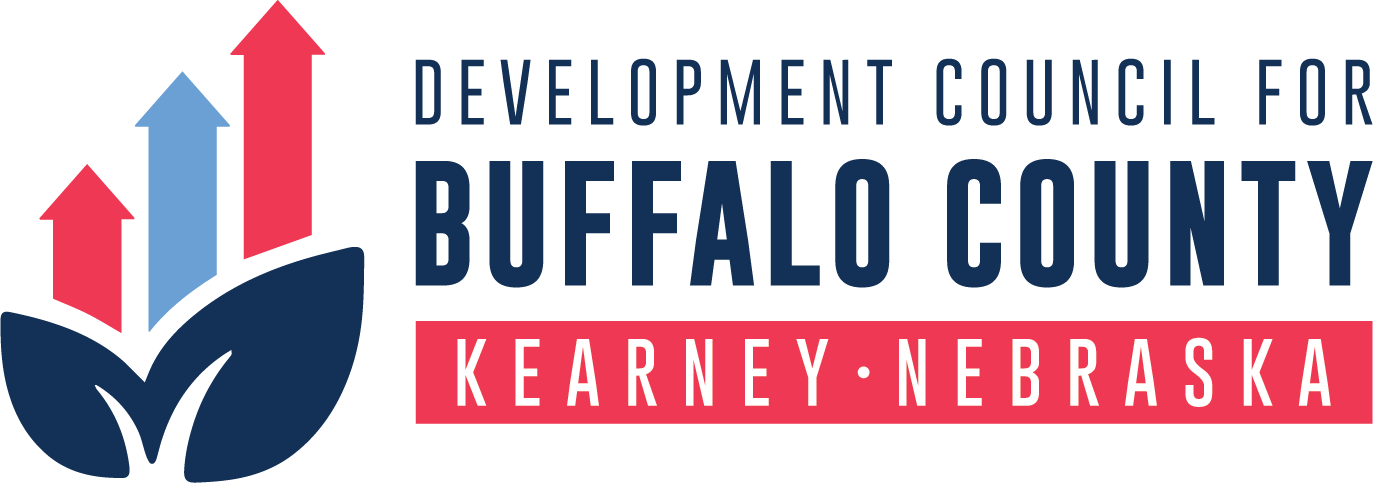Welcome to the Buffalo County Economic Pulse report where we break down the latest trends shaping the economic landscape of Kearney and Buffalo County. This interactive snapshot is designed to empower businesses, policymakers, and residents with the insights they need to make informed, data-driven decisions.
Take a look at the data, then skip down to read Trevor's Take.
Trevor's Take:
 Trevor Lee, President of the Development Council for Buffalo County
Trevor Lee, President of the Development Council for Buffalo County
October 2025 Economic Indicators
Buffalo County’s latest economic indicators reflect a community in motion—some sectors are gaining altitude, while others are showing signs of fatigue. Here's what the data tells us:
Travel & Tourism
- Enplanements more than doubled year-over-year, hitting 2,154 in September. YTD totals reached 17,834, up from 9,346—a clear sign that regional travel demand is surging.
- Lodging tax revenue also climbed, with August collections at $196,483 (up from $185,857), and YTD revenue at $1.31M, up from $1.25M. Tourism is quietly becoming a pillar of local economic strength.
Commerce
- Retail sales dipped slightly to $93.37M in July, down from $95.51M last year.
- Vehicle sales followed suit, falling to $13.45M from $14.31M. These declines may reflect cautious consumer behavior amid broader economic uncertainty.
Real Estate
- Homes sold in September dropped to 23 (from 34 last year), and YTD sales are down to 217 from 286.
- The price distribution shows a split market: most homes are selling either below $250K or above $400K, with fewer transactions in the middle—suggesting affordability pressures or inventory mismatches.
Development
- Building permits rose to 20 in September, and YTD totals hit 123, up from 105—a promising sign of construction activity.
- However, YTD housing units fell to 69 from 99, indicating that while projects are being approved, actual housing delivery is lagging.
Regional & National Context
According to Creighton University’s September 2025 Rural Mainstreet Index, the broader 10-state region (including Nebraska) is facing headwinds:
- The overall index fell to 38.5, well below the growth-neutral threshold of 50.0.
- Farmland prices and farm equipment sales remain weak, with commodity prices and tariffs dragging down rural economic confidence.
- Hiring slowed across the region, and retail sales were described as “fragile,” with a regional index of 34.8, down from 46.2 in August. [creighton.edu]
Nebraska’s housing production is lagging despite strong permitting activity, echoing Buffalo County’s trend of more permits but fewer actual housing units built. [bls.gov]
Retail sales are generally flat or declining across the Midwest, mirroring Buffalo County’s dip in July retail figures. [spglobal.com]
Nebraska’s GDP rebounded 5.2% in Q2 after a brutal 6.1% drop in Q1, driven by construction and healthcare spending. [nebraskaexaminer.com]
These trends mirror some of Buffalo County’s own challenges—particularly in housing and retail—and reinforce the need for strategic planning and targeted investment.
BIG PICTURE
- Buffalo County is not alone in its housing slowdown—this is a regional and national issue tied to affordability, interest rates, and supply chain bottlenecks. However, that is not an excuse to ignore it.
- Retail and vehicle sales softness reflects broader consumer caution, not just local trends.
- Tourism is a bright spot, especially domestically. Buffalo County’s enplanement and lodging tax growth are part of a national upswing.
- Development activity is strong, but translating permits into housing units remains a challenge across the Midwest.
.png)
